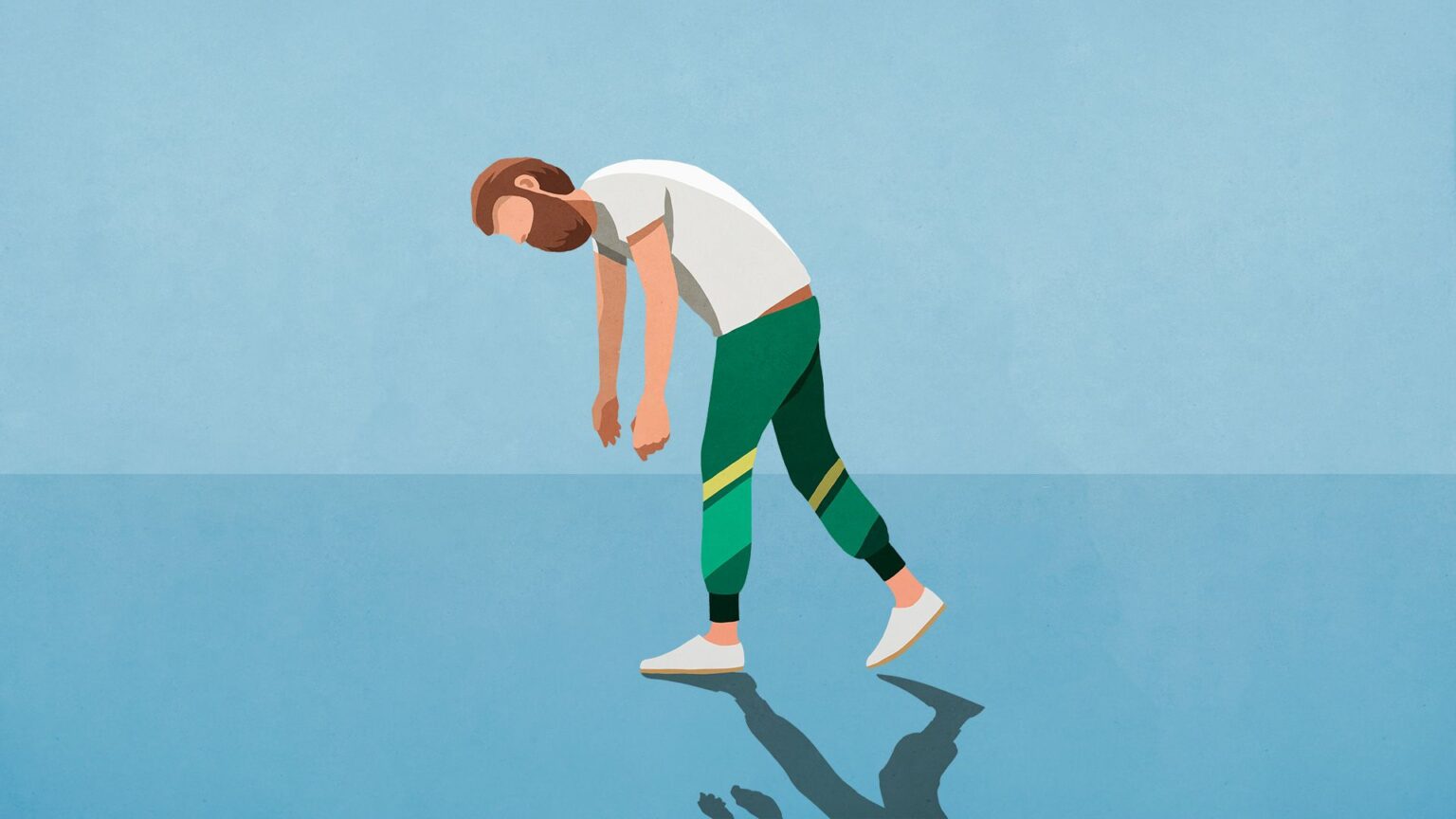Pain can interrupt sleep, while poor sleep can intensify pain. Pain management techniques can interfere with that feedback loop, leading to better rest and less fatigue.
Pain Medications
NSAIDs (nonsteroidal anti-inflammatory drugs) are a first-line treatment for ankylosing spondylitis inflammation and pain. A 2020 study estimated that 70 to 80 percent of people living with AS take NSAIDs, such as ibuprofen (Advil, Motrin), celecoxib (Celebrex), or naproxen (Aleve).
“Definitely talk with your doctor first, but sometimes taking an NSAID at night can help with the pain and this can then improve your sleep and subsequently reduce fatigue,” Dr. Ogdie says.
A 2024 study found opioid use to treat pain associated with AS and other forms of inflammatory arthritis is common in the United States, both at the time of diagnosis and afterwards. But rheumatologists are leery of prescribing opioids because of potential interactions with certain AS medications as well as other serious health risks.
Exercise
The right kinds of exercise for ankylosing spondylitis can help prevent the spine and joints from becoming stiff and painful.
“Research shows that regular exercise improves function and mobility for patients with AS and that exercising in a supervised clinic setting or at home are both beneficial for patients,” says Dr. Danilovich.
As for what kind of movement is most helpful, she says, “The best exercise is the one that you will do! For some, that may be resistance exercise and lifting weights. For others, it may be yoga or Pilates.”
The Spondylitis Association of America offers a number of free resources and videos for anyone interested in incorporating yoga into their pain-management plan.
Pool workouts may be well suited for people with AS, Danilovich adds, because the water’s buoyancy can reduce impact on joints.
Read the full article here




